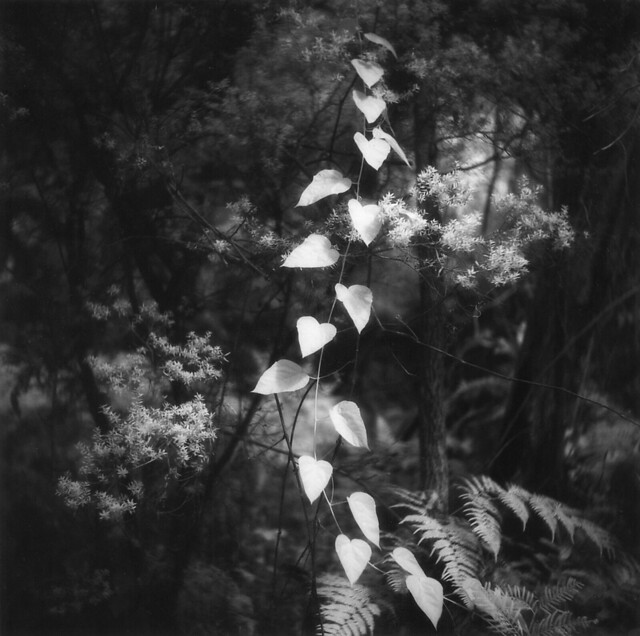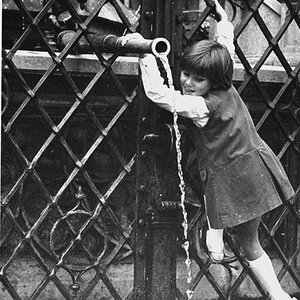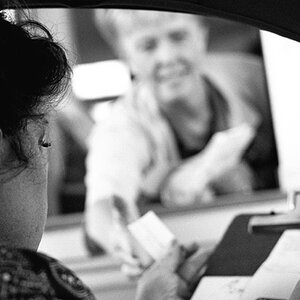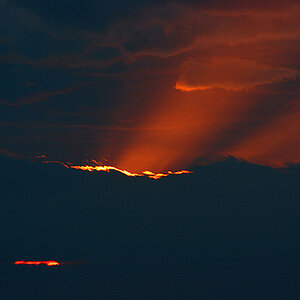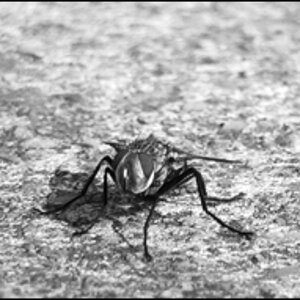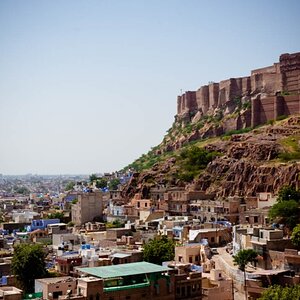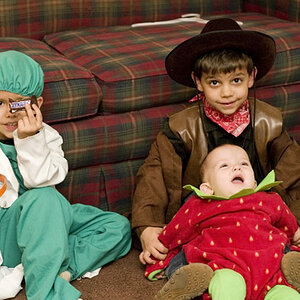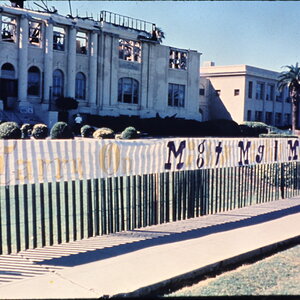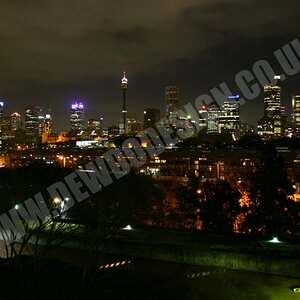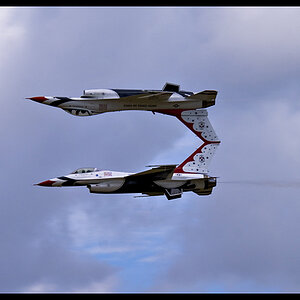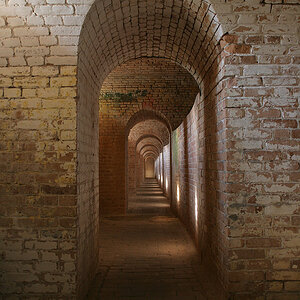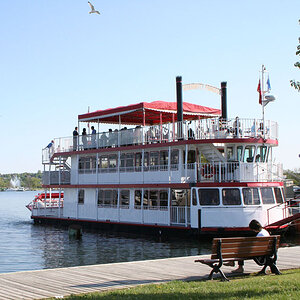TheChairman
TPF Noob!
- Joined
- Jan 30, 2012
- Messages
- 20
- Reaction score
- 0
- Location
- Lumberton, NJ
- Can others edit my Photos
- Photos OK to edit
So I recently had a roll of 2007 expired, but kept frozen Kodak HIE Infrared film come into my possession. I want to use it correctly and use an IR filter with it. Now, I only have this one roll, so investing even in a used Hoya r72 at around $40 is a bit of a stretch.
On eBay, there are cheap Chinese made IR filters for less than $20. I was willing to pay up to $20 to rent one (but never found one available) so that's not bad considering I will get to own it. However, what sort of quality can I expect out of one of these cheap filters? Have any of you used them before for infrared or otherwise? I don't want to pay $20 for something to find out they just painted a cheap glass filter black and sent it to me. After all, there really is no way to tell if the filter works right or not until I have exposed and developed the roll.
Here is the filter in question on eBay.
58mm IR Infrared 720nm Standard Filter For Hoya R72 SLR | eBay
On eBay, there are cheap Chinese made IR filters for less than $20. I was willing to pay up to $20 to rent one (but never found one available) so that's not bad considering I will get to own it. However, what sort of quality can I expect out of one of these cheap filters? Have any of you used them before for infrared or otherwise? I don't want to pay $20 for something to find out they just painted a cheap glass filter black and sent it to me. After all, there really is no way to tell if the filter works right or not until I have exposed and developed the roll.
Here is the filter in question on eBay.
58mm IR Infrared 720nm Standard Filter For Hoya R72 SLR | eBay
As an eBay Associate we earn from qualifying purchases.


